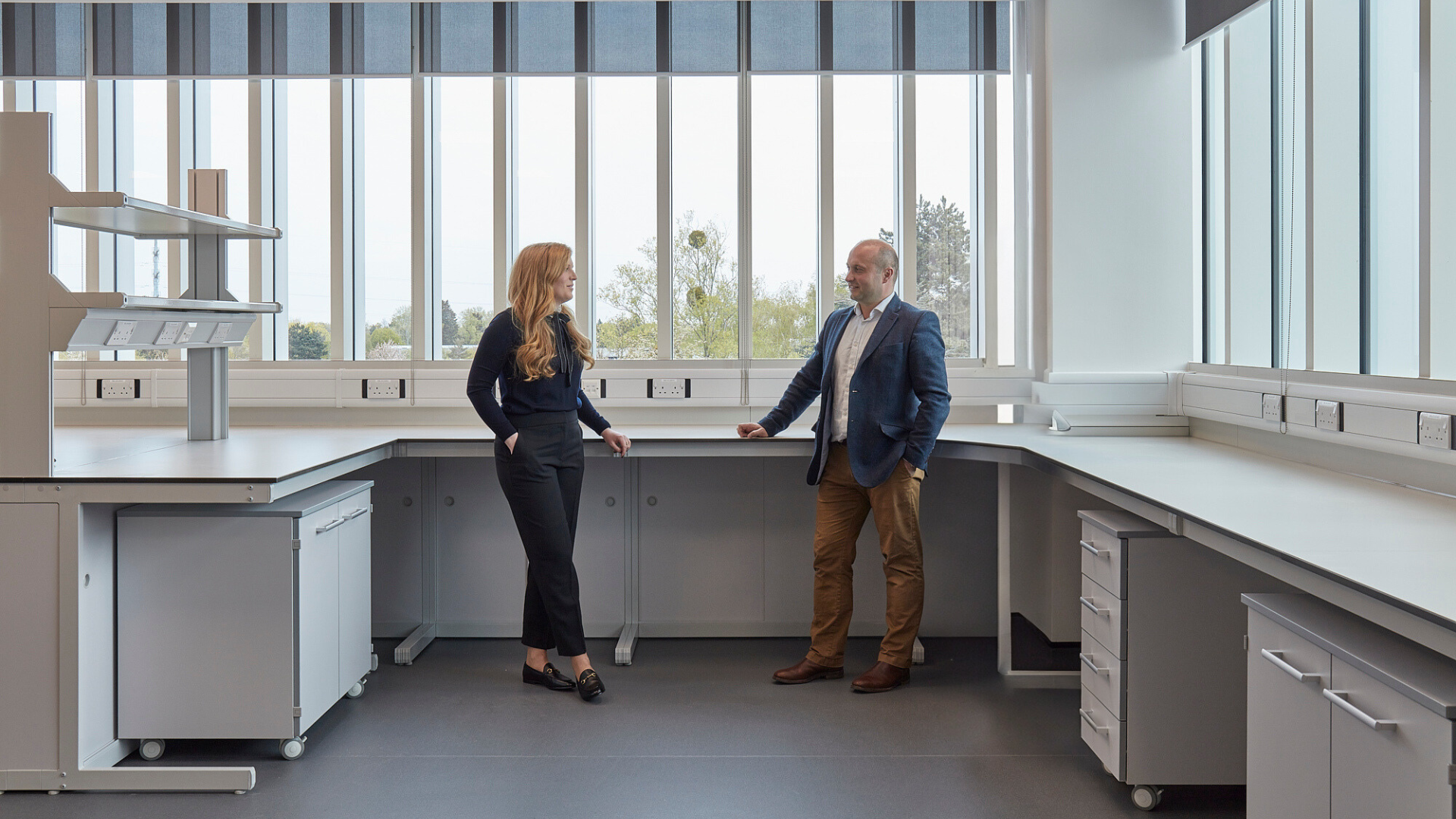Creating a Scientific Superpower - Hunt’s Mansion House reforms are a step in the right direction
Science and technology start-ups in the UK face a wide range of obstacles to success, with access to capital being just one of them.

Jeremy Hunt used his Mansion House speech to announce reforms to the way pension funds invest the £1.5 trillion of savers’ money that sits on their books in an attempt to improve funding for the sector. This is welcome but more needs to be done if the UK is to truly capture the potential of its £90 billion-a-year life sciences industry.
At present, defined contribution schemes invest just 0.5% of their assets into unlisted UK equities. The most significant of the announcements was a “compact,” agreed between nine of the biggest UK pension schemes to commit 5% of their default funds into unlisted companies. It is estimated that, all going well, this could free up to as much as £50 billion to be channelled into British start-ups by 2030, most of which would likely be directed into start-ups in high-growth, high-potential sectors – like science and technology.
However, more holistic, structural changes will be necessary. The sector’s brightest minds agree. This was made clear at Bidwells’and EG’s Creating a Scientific Superpower event, where the life sciences’ industries’ leading thinkers were brought together to discuss the measures needed to make UK science and tech start-ups more attractive investments Among them were reforms to obstructive planning regulations, improved access to skills, and upgrades to infrastructure.
Pension schemes did emerge as a major point of discussion. Opinions coalesced around the need for reform. Sir Jonathan Symonds CBE, the Co-Chair of UK Life Sciences Vision and Chair of GSK, said that he was “spending just as much time on reform of the pension system as life sciences” and lamented the fact that despite being a relatively capital-rich country, nearly 100% of investment into the life sciences industry derives from foreign investment.
David Willets, President of the Resolution Foundation, also pinpointed pension reform as a way to unleash private investment in the country. Indeed, Hunt’s reforms to better leverage the power of pensions will likely give a much-needed boost to high-growth start-ups in the UK.
But it was also made evident that reform to pensions is just one piece of the puzzle to unleash the full potential of the UK’s high-potential science and tech industries. Simply put, there is not much point in redirecting pension fund investment if there is a lack of staff with sufficient skills to carry out work in these sectors, no available premises in which this work can be done, and the right infrastructure and connectivity to support them.
Restrictive planning laws act as a considerable roadblock to growth and are badly in need of reform.
One useful case study for this is the Oxford-Cambridge Arc area, a shining beacon for UK innovation and home to one of the largest concentrations of high-growth businesses in the world. But a lack of available lab space is stifling investment and rates of commercialisation, even though investors are exceptionally eager and ready to deploy capital into the area. In large part due to obstructive planning bureaucracy, lab availability rates in the region are near zero. It is estimated that failing to accommodate the expansion of high-value industry in the globally leading cluster could mean that UK economic growth falls at least £50 billion short of its full potential.
The UK’s archaic planning system remains a blight on the country, affecting investment across the board. Willets alluded to the shocking fact that the UK is the only country in the G7 to have not increased its ratio of the built environment to population over the last 20 years. Not coincidentally, the UK also has one of the lowest levels of productivity growth across the G7.
Having access to talent and workers with sufficient skills to work in the facilities that are built is also of paramount importance. This is something Sir Peter Knight, Senior Research Investigator at Imperial College London, testifies to. “One of the things we need to do to improve our competitiveness in terms of innovation is work on the skills base. To do things at scale, we’ve got to join the dots between training, education, innovation, and investment.” Alongside increased investment in education at home, this also could include measures such as removing barriers to global talent by encouraging international scientists to move to the UK. Baroness Nicola Blackwood, chair of Genomics England, agrees, “The flow of scientists into the UK and promoting international collaboration is something we should be pushing the government more on.” The need is pressing. It is estimated that the sector will need to fill 133,000 jobs by 2030, with around two-thirds required for R&D and manufacturing roles.
The infrastructure to support the facilities and skills is also critical for incubating thriving businesses. Knight said that “infrastructure can often be the catalyst” for innovation. Illustrating how planning and infrastructure and planning feed into each other, David Willets stated the importance of “finally resolving the planning issues to enable places like Cambridge and Oxford to have proper connectivity.” It is hoped that updates to the East-West rail, which are estimated to add £100 billion GAV to the region, will go some way towards achieving this.
While Hunt’s pensions are a welcome step towards harnessing the country’s science and tech potential, they are just one component needed as part of a coordinated strategy to supercharge economic growth. High growth industry needs to be supported through lab space availability, which itself can only be achieved through a more receptive planning process. It needs access to talent to populate and work in these spaces, backed by the right infrastructure and connectivity. If all these things are achieved together, we will have an industry fully ready to make the most of extra investment through reforms to pensions. The extra £50 billion touted through reforms will only happen if a coordinated, targeted strategy is executed to unlock our full science and tech potential.
As originally published in EG (£)
Get in touch

Max Bryan
Partner, Head of Laboratory & Office AgencyCreating a Scientific Superpower Conference
Science and real estate call for national effort to make Britain a scientific superpower
For the second year running, EG and Bidwells hosted this conference to revisit how far Britain has come in unlocking its scientific potential, and how real estate is evolving to enable the UK to become a global science and technology superpower.
This full-day event, brought together leading scientists, government ministers, scientific enterprises, and investors to discuss how the UK can continue its journey to becoming a scientific superpower.
Read more
Our Science & Technology services
Developing Science and Technology Assets
Investing in Science and Technology
Occupier Consultancy
Science Campus and Innovation District Asset Management
Content recomendations
Stay in the loop
Sign up to receive personalised property alerts, and to hear the latest news, insight and advice from our experts
Keep me informed